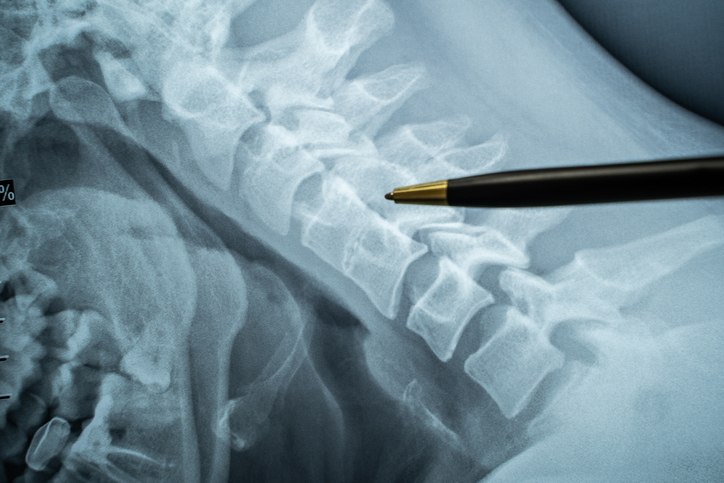Pain
The Difference Between Hurt and Harm

When pain is experienced during an activity, the natural response is to stop or avoid the activity. The brain sees pain as a threat that bodily damage is occurring and associates hurt with harm. However, pain (hurt) itself does not result in physical damage (harm).
The brain can create a sensation of pain when there is no real threat of bodily harm. For example, if tissue damage occurs, the extent of damage does not always correlate with the severity of pain experienced.
Hurt vs. harm
Pain can be produced in the brain and nervous system instead of an injured body part. An example is an individual who has lost a limb, experiencing phantom limb pain. Pain without harm can also occur when nerves become overly sensitive or fire randomly without stimulation. Additionally, stress, worry, and sadness can be incorrectly interpreted as pain or can amplify pain levels.
The difference between hurt and harm is that even though an activity, such as a physical therapy, may hurt, it does not necessarily mean that bodily harm is occurring. Despite pain, continuing with the exercises as prescribed can strengthen the muscles and joints, which can help relieve current pain and prevent future pain.
Always check with a medical professional when pain is new, severe, or associated with other symptoms. Working through pain that is not harming the body can improve overall function.
Additional source: NHS Ayrshire and Arran


















